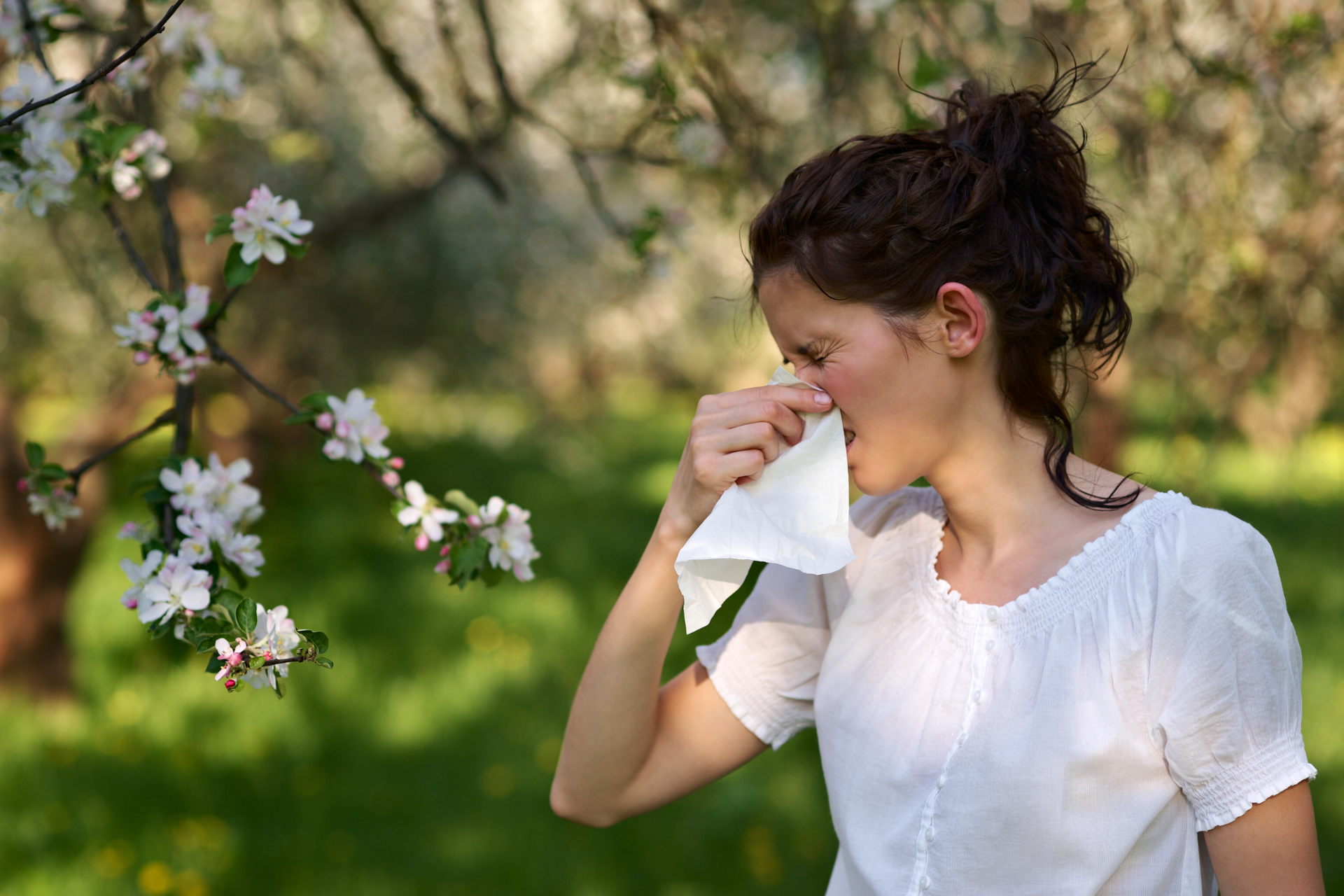How to Identify and Treat Allergies in Different Seasons

Seasonal allergies can be a common and uncomfortable issue for many individuals, impacting their quality of life and overall health. At Fall Creek Skin and Health Clinic, we understand the importance of properly identifying and treating allergies in different seasons to provide our patients with relief and improve their well-being. In this blog post, we will discuss the causes of allergies in various seasons, common symptoms to look out for, and effective treatment options to manage them effectively.
Identifying Allergies in Spring:
Spring is often associated with blooming flowers, warmer weather, and the release of pollen into the air. For individuals who are allergic to pollen, this season can trigger a range of symptoms, including sneezing, itchy or watery eyes, nasal congestion, and skin rashes. If you notice these symptoms occurring consistently during the spring months, it is crucial to consult with a healthcare professional to determine if you are experiencing seasonal allergies.
Treating Allergies in Spring:
Treatment options for spring allergies may include over-the-counter antihistamines, nasal sprays, decongestants, and allergy shots for severe cases. Additionally, avoiding exposure to pollen by keeping windows closed, using air purifiers, and wearing sunglasses can help reduce allergy symptoms. At Fall Creek Skin and Health Clinic, our team of experts can provide personalized treatment plans to alleviate your spring allergy symptoms and improve your quality of life.
Identifying Allergies in Summer:
While summer is a time for outdoor activities and fun in the sun, it can also bring about specific allergens that may trigger allergic reactions in some individuals. Common allergens in the summer months include grass pollen, mold spores, and insect bites. Symptoms of summer allergies can range from hay fever-like symptoms to more severe reactions, such as anaphylaxis in cases of insect bite allergies.
Treating Allergies in Summer:
To manage summer allergies effectively, it is essential to identify the specific triggers causing your symptoms. Over-the-counter medications, nasal sprays, and topical creams can be useful in alleviating allergy symptoms. For individuals with severe allergies, carrying an epinephrine auto-injector for emergency situations is vital. At Fall Creek Skin and Health Clinic, our healthcare professionals can conduct allergy tests to pinpoint your specific triggers and develop a tailored treatment plan to address your summer allergy symptoms.
Identifying Allergies in Fall:
Fall allergies are often triggered by ragweed pollen, mold spores, and dust mites, causing symptoms such as sneezing, coughing, itchy throat, and congestion. With the changing weather conditions and increased indoor activities during the fall season, individuals with allergies may experience a worsening of their symptoms.
Treating Allergies in Fall:
Effective management of fall allergies may involve using allergy medications, implementing environmental controls, such as using allergen-proof mattress covers and air filters, and receiving allergy immunotherapy for long-term relief. Our team at Fall Creek Skin and Health Clinic is dedicated to helping you identify and treat your fall allergies to enhance your overall wellness and comfort.
In conclusion, identifying and treating allergies in different seasons is crucial to managing symptoms effectively and improving your quality of life. By understanding the triggers of seasonal allergies, recognizing common symptoms, and seeking professional help when needed, you can take control of your health and well-being. At Fall Creek Skin and Health Clinic, we are committed to providing comprehensive care for patients of all ages with skin-related issues and general health concerns, including allergies. Contact us today to schedule an appointment and receive personalized treatment for your seasonal allergy needs.




